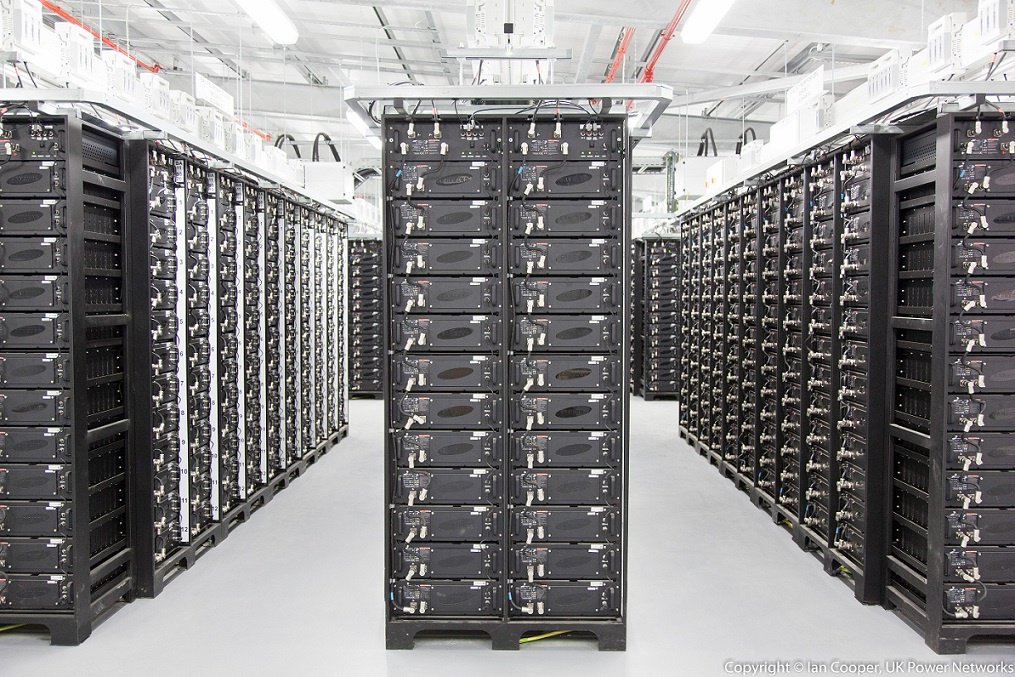Battery storage assets were called into action last week after the UK suffered country-wide power outages following a transmission system stress event.
Last Friday evening (9 August 2019), two large generators were disconnected from the UK’s power system almost simultaneously, effectively taking 2GW worth of electricity generation within minutes of each other.
That collapse in generation sent the country’s transmission grid frequency to dip to 48.9Hz, far outside the frequency required for it to safely operate.
National Grid, the country’s electricity system operator (ESO), called on reserve and flexible generation capacity to respond, with many operators dispatching battery storage capacity to meet National Grid ESO’s calls.

Mike Ryan, asset management director at battery storage developer Anesco, said the incident was made all the more interesting by the role battery storage ended up playing throughout the event’s 40-minute duration.
As the level of flexible reserve capacity was not sufficient to meet the 2GW shortfall, National Grid ESO had little option but to begin cutting off consumers and other sources of demand to protect grid infrastructure. While this resulted in widespread disruption for consumers up and down the UK, it also had another consequence on power demand.
“When National Grid cut off the power, the frequency bounced back very quickly, sending the system the other way and meaning our battery sites were then called on to balance the grid by taking power out,” Ryan said.
Read more: Energy Storage News



